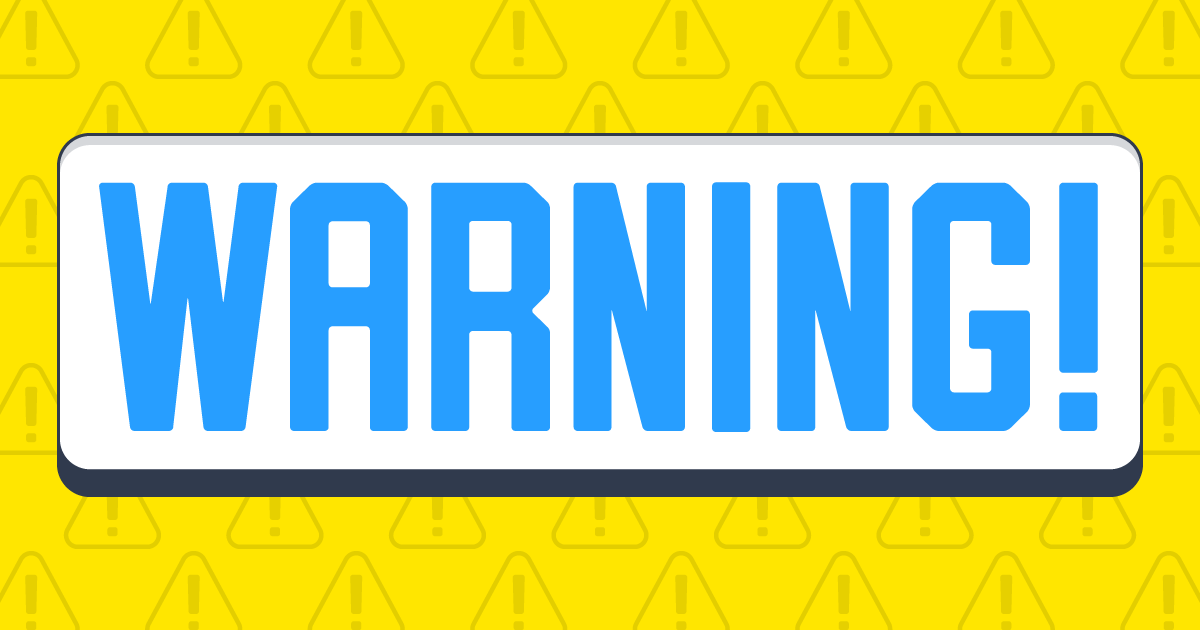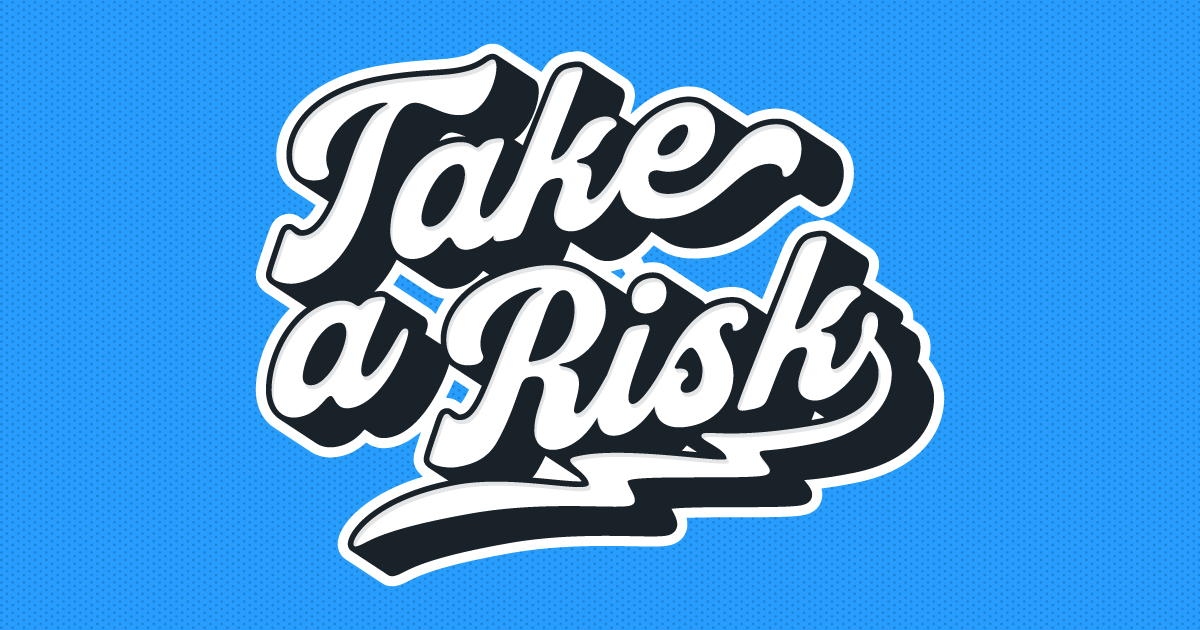How to Write a Compelling Book Description
How many hours have you put into planning, writing, and editing your book? Hundreds? Probably. You know this book inside and out. Writing a good book description should be the simplest thing.
Right?

Writing a book’s description is a challenging—but absolutely necessary—task you’ll need to spend some time on before you publish your book. That description is going to be almost as important as your front cover for selling new readers on your book.
Let’s take a minute to go over some book description best practices and look at a couple of examples.
Book Descriptions Are a Call to Action
In the marketing world, a call to action (CTA) is a statement that aims to drive action. We encounter CTAs all the time on the internet, often as a button.
An effective book description will make a potential reader look more closely at your book. The best book descriptions work just like a CTA; they drive readers to take action (buying your book).
To make your description as effective as possible, you need to pitch your book succinctly with attention-grabbing language. But you can’t give away too much. It’s a balancing act that requires care.
Think about the audience you’re targeting with your book. If you’re promoting largely to a captive audience, then your marketing plan will focus on personalized and direct contact with your potential buyers. But if you aim to grab people’s attention with advertising, like say on Facebook or X, you’ll need broad appeal.
Types of Book Descriptions: Understanding the Differences
Your book description is actually a collection of descriptions, quotes about and from your book, and even a sentence or two about you. There are three important forms of a description you’ll need:
- 3-5 short blurbs for the front/back cover, social posts, and other advertising. (About 20 words each)
- A long description for the back cover. (100 words or fewer)
- A long description for your retail product page. (100 words or fewer)
Each type of description serves a different purpose. You’ll need to tailor your writing for each one.
Blurb
A book blurb is typically a shorter promotional statement about you or your book. That’s why I think you need at least three blurbs. Since a blurb is usually only a sentence or two, I would curate a bunch and pick the best ones.
You’ll want some blurbs that promote the book and some that promote you. Here’s a couple of samples from the nonfiction book The Orchid Thief by Susan Orlean:
- “Fascinating… an engrossing journey [full] of theft, hatred, greed, jealousy, madness, and backstabbing.” – Los Angeles Times
- A true story of beauty and obsession
The first is a reviewer quote. These make terrific blurbs, and you’ll see most traditionally published books featuring some kind of review blurb on the cover. The second example is basically a subtitle; this brief statement outlines the story and tantalizes readers.
Your blurb is useful for marketing campaigns, social media posts, and on your website or blog. Writing a blurb requires you to distill your book’s essence into just a few words—no small task, but a powerful tool for catching readers’ attention in crowded online spaces.

Your Free Lulu Account
Create a Lulu Account today to print and publish your book for readers all around the world
Back Cover Description
The back cover description is what readers will encounter when they pick up a physical copy of your book. This description is significantly longer and more involved than your blurb. Crucially, the back cover description is a chance to offer more details about your story.
This is the place to introduce your protagonist and give a hint about the plot.
You have a limited amount of space, so make every word count. This description is much longer than your blurb but will still be short. Make sure every word counts.
The back cover description was the most valuable way to draw in new readers. But with more and more shopping happening online, there is a third key description you’ll need.
Retail Product Page Description
These days, the most important description is absolutely your product page.
This description appears on platforms like Amazon, the Lulu Bookstore, and other retail websites. That includes your own website with direct sales for your book.
Here, your goal is still to not only entice readers but you’ll also need to be conscious of your keywords. Search engines will see your page and may help new readers find your book. But only if you use valuable, relevant keywords.
A well-crafted retail product page description should include relevant keywords, describe your book succinctly, and contain a call-to-action. Remember, potential readers browsing these pages are often skimming—so keep it short and punchy but still informative.
How to Write a Book Description
At this point, you’ll need five or more distinct descriptions:
- 3 Blurbs
- 1 Back cover
- 1 Product page
The cover description can be pretty close to your product page description. But it’s worth drafting them as two separate pieces of content.
I do recommend creating both descriptions using this four-part formula:
- Hook – The opening line grabs the reader and nearly forces them to keep reading.
- Connection – For nonfiction, the connection should address a pain point the book aims to solve. For fiction, you’ll develop the main character’s problem or hint at the main plot.
- Escalation – Ramp up the importance, risk, or drama the problem represents.
- Bait – Hint at how much more there is between the covers.
These points are just a guide. If you’re marketing to an audience already interested in your book, you might not push the hook (first line) so much and focus on the connection. The escalation is often irrelevant for nonfiction and can be replaced with credentials, social proof, or some other selling point.
Still, when writing your book’s product description, you’ll want to follow the same basic format. Let’s look at a couple of examples of different book descriptions.
Fiction Book Descriptions
The easiest way to start is to write four sentences, one for each bullet point: Hook, Connection, Escalation, and Bait.
Next, shop around this mini-description with your friends and fellow writers. Ask them to read it and see if they can guess what your book is about. And would they want to read this book?
Now, you’ve got to use the feedback you gathered to massage this miniature book description into something longer and more detailed.
Finally, you need to get the feedback of beta readers: ask them to give the description a look and weigh in. Is it true to the story? Does it highlight the major points in the plot and characters? Is it enticing?
Do more editing and, as the last step, craft an updated hook sentence. It’s important to come back to the hook once you’ve got the rest of the description written—otherwise, you risk ‘hooking’ them and not delivering with your escalation and bait.
This example is from one of my favorite novels. The description is masterful in the way it orients you immediately to the genre (it’s a pulp-style murder mystery) while also hinting at the fantasy aspect of the twin cities. The escalation and bait hint at a bigger conflict than just solving a murder, a classic way to amp up the story.
Nonfiction Book Descriptions
Where a fiction book description is creative and enticing, a nonfiction book description should be utilitarian. I still recommend starting with four sentences to form a short paragraph version of your description.
However, the framework you create will focus on a problem and your solution. At their core, nonfiction books address a problem. Your description must outline that problem and your unique approach to it.
When you ask for input on your book description outline, specifically ask your friends and fellow writers to identify the problem you’re solving. If they aren’t able to, you’ll need to rework the outline.
Then, follow the same plan; expand the outline into a complete description. Go through a couple of iterations and reviews from beta readers before finalizing. And don’t be afraid to add some of your qualifications to support your expertise.
This description uses the author, rather than the book, as the hook. Because Bill Bryson is a well-known and award-winning author, he can use his clout to catch a reader’s interest.
By framing this description around the success of his past work, Bryson is assuring readers they can expect the same quality research and writing on a new topic.
Should I Use an AI Book Description Generator?
Sure.
You’ll be disappointed, but AI tools like ChatGPT or Gemini are pretty good at summarizing or providing a starting point. But you don’t want just to have them churn out a full description. Remember, your book description is one of the most important pieces of marketing content you’ll create. You can’t leave that up to a robot.
Your Book Description and Search Engine Optimization
Some basic keyword research goes a long way toward creating a great book description. A well-written book description, particularly for your product page, will include relevant keywords that help your book appear in search results. Your product titles and descriptions are important meta tags for search engines, too.
Don’t get overwhelmed or focus on writing for Google, though. Your book description needs to appeal to people first. However, you should look for opportunities to use long-tail keywords (particularly important for nonfiction books).
Don’t Neglect Your Book Description
It’s that simple. You can’t neglect your book description. It’s a vital sales pitch for your book. And it’s the one piece of copy that you can put in front of potential readers to drive their interest in the book.
The more iterations and time you spend editing those few sentences, the better your chances of convincing new readers and driving traffic to your website.




